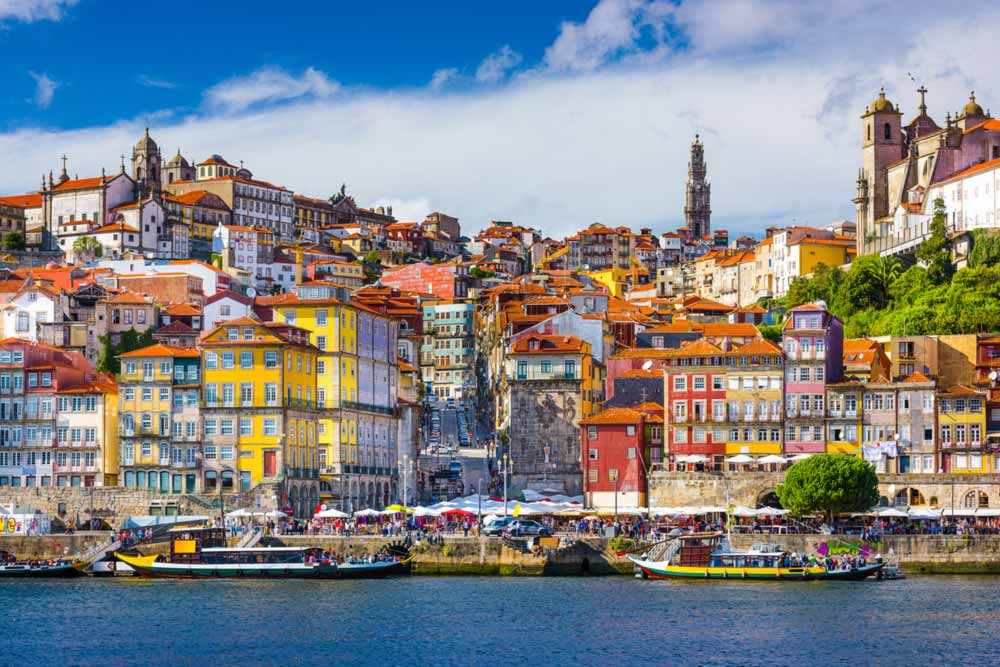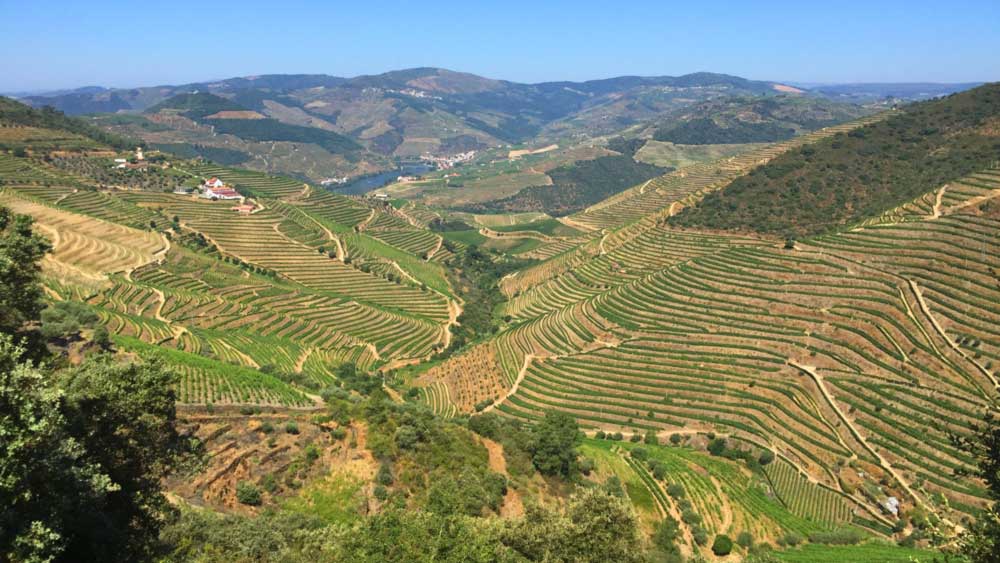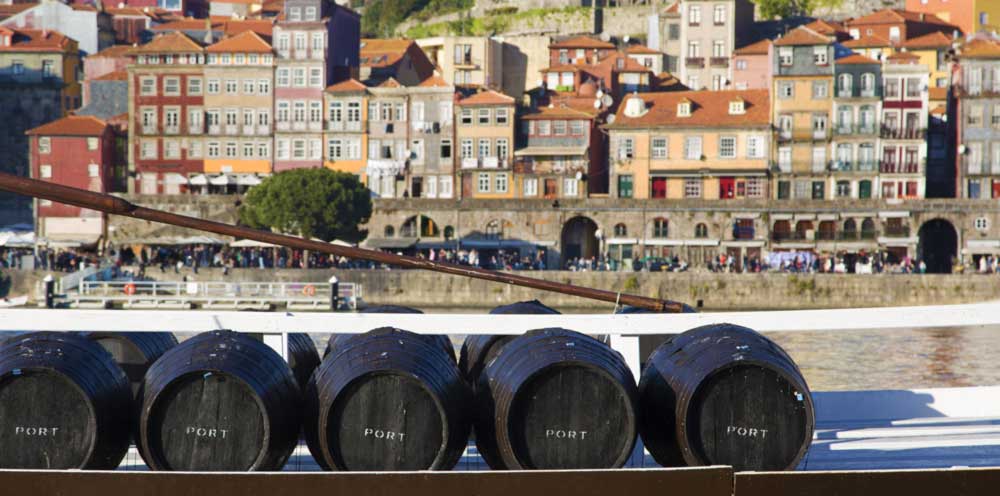Following my first visit to Portugal and the mesmerizing city of Porto (or, locally, Oporto), I wrote a note to a friend who would soon be traveling in my footsteps. The message was brief yet, looking back now, fully illustrative of my enchantment with the culture, the people...and, of course, the port wine:
"In Porto, go to Casa Cerdeira. Be warmly greeted by grandfather. Ask for grandson, who will walk you through the best port wine tasting you never knew a teenager could do. Congratulate him on being the youngest person to serve you wine and be rewarded with a mile-wide grin. If he's turning the bottle at the end of his pour, give him a high-five and tell him his teacher is proud. You may never want to leave this place, and that's okay." My experience at Casa Cerdeira was memorable for many reasons. It was one of several times I was warmly welcomed into a family business in Portugal. It didn't matter that the grandson didn't drink the port himself. He was being raised to have pride in the family business and to learn little by little so that he could one day take over it. It was also memorable as my first true peek behind the curtain into the fascinating realm of port wine. You see, I thought I knew port. It was that sticky-sweet cough-syrupy stuff my grandmother always kept in a dusty crystal decanter on the bottom shelf of her bar. Port was the stodgy wallflower, not the star... or so I thought. As it turns out, the fortified wine known as port is a draw unto itself, spanning a range of colors, aromas, nuances and sweetness. Nearly all port wines have a high alcohol content (around 19-22% though some drier wines have as little as 16.5%) and typically fall into the following categories: red/ruby, rose, white and also a barrel-aged style called tawny.
Similar to champagne and the region in France, port must tick a few boxes in order to earn its name. Most critically, it must be produced in Portugal, and it's typically done so through a symbiotic relationship between the Douro Valley and the city of Porto: Douro grows the grapes and Porto bottles the wine for distribution and shipping across the world. Port wine production and quality are strictly regulated by the Portuguese IVP, or Instituto do Vinho do Porto. So what is it that gives port wine its characteristic strength and sweetness, differentiating it from a typical table wine? The secret is aguardente (brandy), which is added to the wine during the fermentation process. The alcohol in the aguardente halts the fermentation and, though the sugars are no longer converted into alcohol, the overall percentage increases from the spirit's own alcoholic content. The result is a complex wine, ranging from dry to semi-dry to sweet, that typically pairs well with dessert or cheese as a digestif. It can also be enjoyed as an aperitif in the case of some white ports or, if you're like me, all by itself, sip by sip, as I sit back and absorb the view from one of the many quintas (estates) dotting the vineyard-strewn landscape of the Douro River Valley. Whether it's swapping stories with a friend or traveling with a group of Backroads guests on our Douro Valley River Cruise, I can't help but continue to share all the fascination and stories about port wine production and the country of Portugal. It's all just so darn good. Just don't forget my warning: once you've set foot here, you may never want to leave!
VIEW A DETAILED ITINERARY OF OUR DOURO RIVER CRUISE!
To learn about the historical role that rabelo boats played in transporting port wine in the Douro Valley, check out this post written by Michael Bernhard.













